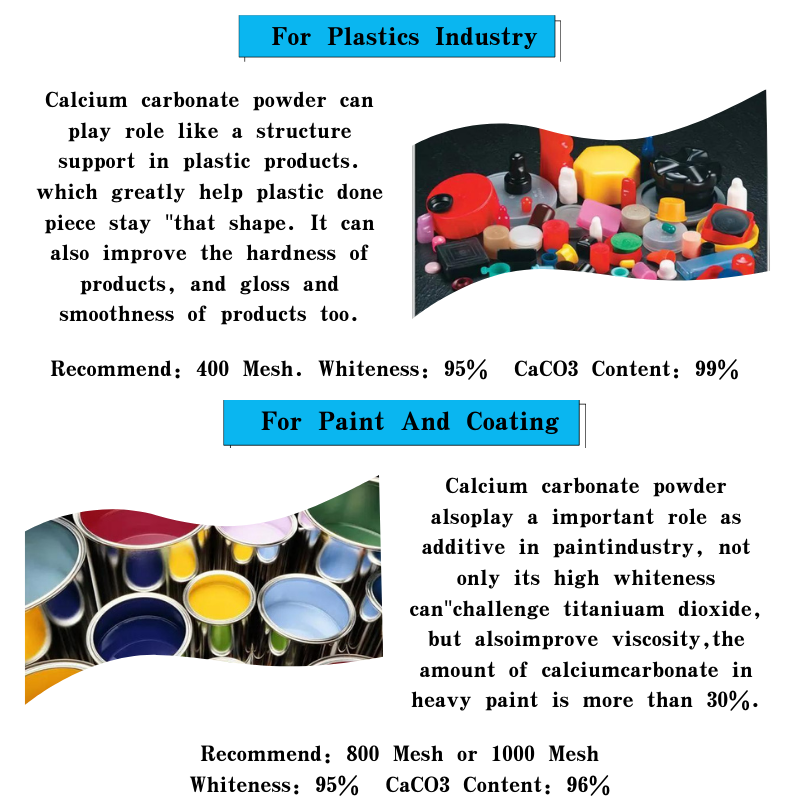
Exploring the Benefits and Applications of Adding Fly Ash to Concrete Mixes for Enhanced Performance
The Integration of Fly Ash in Concrete Production A Sustainable Approach
In recent years, the construction industry has increasingly sought sustainable materials to improve the performance and durability of concrete. One such material that has gained significant attention is fly ash, a byproduct of coal combustion in power plants. By incorporating fly ash into concrete, manufacturers can enhance its properties while also promoting environmental sustainability.
What is Fly Ash?
Fly ash is a fine powder composed of spherical glassy particles that result from the burning of pulverized coal in electric power generating plants. As a supplementary cementitious material, fly ash can partially replace Portland cement in concrete production. This not only conserves natural resources but also reduces the carbon footprint of concrete, making it a more eco-friendly choice.
Benefits of Adding Fly Ash to Concrete
1. Improved Workability One of the most significant advantages of using fly ash in concrete is its ability to improve workability. The spherical shape of fly ash particles reduces friction between aggregates, making the mixing process smoother and more efficient. This can result in less water being required for the same consistency, thus promoting better strength and durability.
2. Enhanced Durability The incorporation of fly ash can greatly improve the durability of concrete. It leads to the formation of secondary calcium silicate hydrate (C-S-H), which strengthens the concrete matrix and makes it more resistant to various environmental factors, such as sulfate attack and chloride ingress. This can extend the lifespan of concrete structures, reducing the need for repairs and lowering maintenance costs over time.
3. Reduced Heat of Hydration When cement hydrates, it generates heat. In large concrete pours, this heat can lead to thermal cracking. Fly ash has a lower heat of hydration compared to Portland cement, making it an excellent choice for massive structures like bridges and dams. By minimizing the heat produced during curing, fly ash helps maintain the integrity of the concrete.
oem adding fly ash to concrete

4. Sustainability and Waste Reduction The use of fly ash as a partial replacement for cement not only reduces the demand for natural resources, but it also promotes the recycling of waste materials. By utilizing fly ash that would otherwise be disposed of in landfills, the construction industry can minimize its environmental impact and contribute to a circular economy.
5. Cost-effectiveness Fly ash is often less expensive than Portland cement, making it an attractive option for cost-conscious projects. By reducing the amount of cement required, the overall cost of concrete production can be lowered without compromising performance.
Challenges and Considerations
Despite its many benefits, there are challenges associated with using fly ash in concrete. Variability in the quality of fly ash can affect the consistency of concrete. Therefore, it's essential to source fly ash from reputable suppliers and conduct thorough testing to ensure its compatibility with specific concrete mixes.
Additionally, not all fly ash is created equal. Class F fly ash, derived from anthracite or bituminous coal, is preferred for most applications due to its pozzolanic properties, while Class C fly ash, from sub-bituminous coal, contains higher calcium levels and can be used in specific conditions.
Conclusion
Adding fly ash to concrete presents a compelling opportunity for the construction industry to enhance the performance, sustainability, and cost-effectiveness of concrete. As the industry continues to explore innovative materials and practices, the integration of fly ash stands out as a beneficial strategy for creating durable, high-quality concrete while addressing environmental concerns. By adopting such practices, we can build a more sustainable future that meets the demands of modern construction.
Share
-
Fly Ash Solutions Enhanced by GPT-4 Turbo | Sustainable InnovationNewsAug.01,2025
-
Natural Premium Bentonite Cat Litter - Superior ClumpingNewsJul.31,2025
-
Premium Resin Coated Sand - High Heat Resistance CastingNewsJul.31,2025
-
High Quality Silicon Carbide Grit for Abrasive ApplicationsNewsJul.30,2025
-
High-Quality Ceramsite for Plants & Gardening | Lightweight PebblesNewsJul.29,2025
-
Premium Burgundy Glass Marbles for Vases & Shooter GamesNewsJul.29,2025






